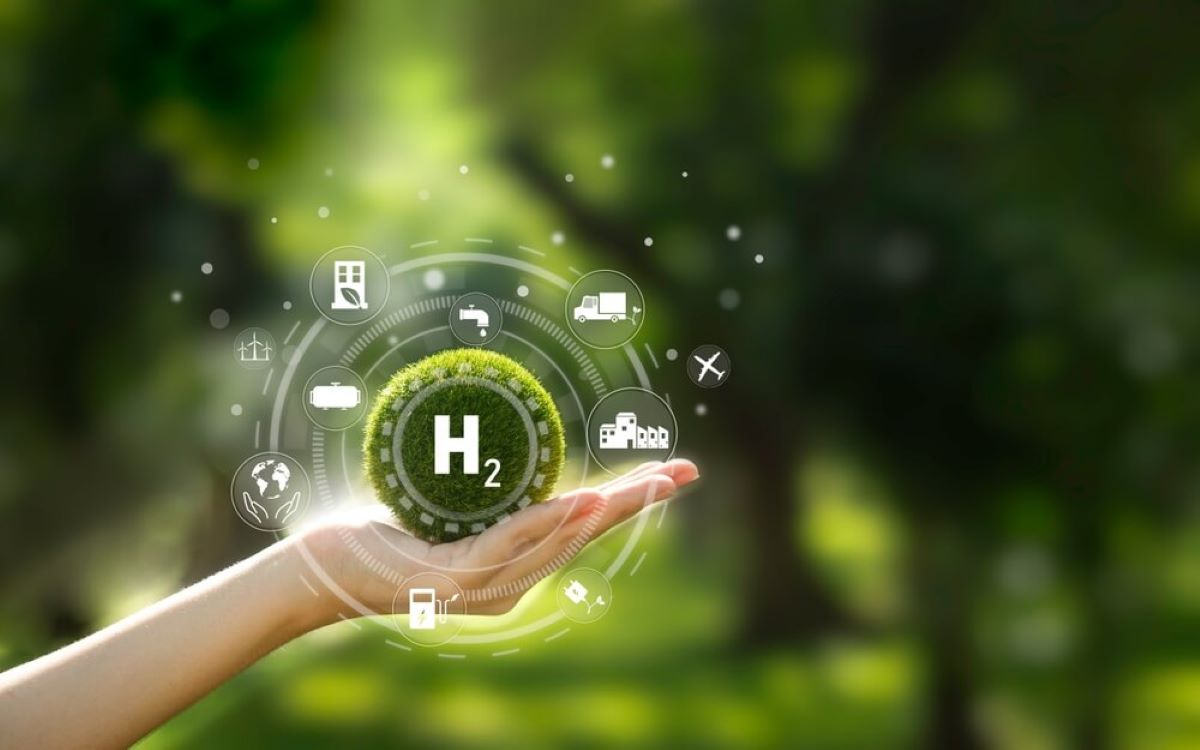The UAE has unveiled its national hydrogen strategy as analysts predict that GCC members can play a key role as exporters.
The blueprint for hydrogen is a “long-term plan to turn the UAE into a leading and reliable producer and supplier of low-carbon hydrogen by 2031”, according to Suhail bin Mohammed Al Mazrouei, Minister of Energy and Infrastructure.

It forms part of the updated national energy strategy, which was approved by the UAE cabinet in July. Al Mazrouei said the hydrogen plan would be “a crucial tool to help the UAE achieve its commitment to net zero by 2050″.
Sharif Al Olama, an under-secretary at the energy ministry, said the strategy included “tangible steps” to establish two hydrogen hubs and explore three more, which could create thousands of jobs.
Read: ADNOC begins construction of hydrogen refueling station
Business consultancy Frost & Sullivan published a report in January, saying hydrogen “is expected to play a key role in decarbonizing the economy across end-use sectors in the GCC.”
It added: “GCC countries, especially the UAE, Saudi Arabia and Oman, are working on national strategies aimed at developing the hydrogen market in the region and positioning themselves as future hydrogen exporters.”
Stuart Bolton, an associate at law firm Watson Farley & Williams (Middle East), predicted last year that the UAE would “seek to play a similar role in hydrogen as it has established in oil and gas and will seek to capitalise on its strategic geography, mature energy infrastructure and established trading markets to be as influential in this sector”.
Bolton believes the Emirati government “sees hydrogen more as a means of economic diversification, rather than a central part of its domestic green energy transition plan, which will be primarily met by solar power.
The UAE will play an important role in exporting hydrogen to energy-hungry countries that lack the space or infrastructure.”
Oman, meanwhile, is on track to become the sixth-largest hydrogen exporter in the world and the largest in the Middle East by 2030, according to the International Energy Agency.
The sultanate aims to produce at least 1 million tonnes of renewable hydrogen a year by the end of the decade, up to 3.75 million tonnes by 2040 and up to 8.5 million tons by 2050.
Hydrom, a subsidiary of state-owned Energy Development Oman, signed agreements worth $10 billion to develop two green hydrogen projects in June.
In Saudi Arabia, around $8.5 billion is being invested to build the world’s largest production facility for green hydrogen – hydrogen that is produced on a CO2-neutral basis through the electrolysis of water.
The Neom Green Hydrogen Project is being developed by Neom Green Hydrogen Company, a joint venture between Acwa Power, Air Products and Neom. It is expected that the plant will start producing green hydrogen from 100 percent renewable energy sources in 2026.
The global hydrogen production market was valued at $130 billion in 2021, according to the World Bank, and is estimated to grow by up to 9.2 percent per year through 2030.
GCC members have several competitive advantages that could help them in the global green hydrogen economy, including their solar and wind resources, financial muscle, and export networks.
While the UAE, Saudi Arabia and Oman are making significant moves, Qatar is continuing to focus on LNG and overseas production of blue hydrogen. Kuwait and Bahrain remain cautious and are sticking to investments and feasibility studies.
For more on sustainability, click here.








